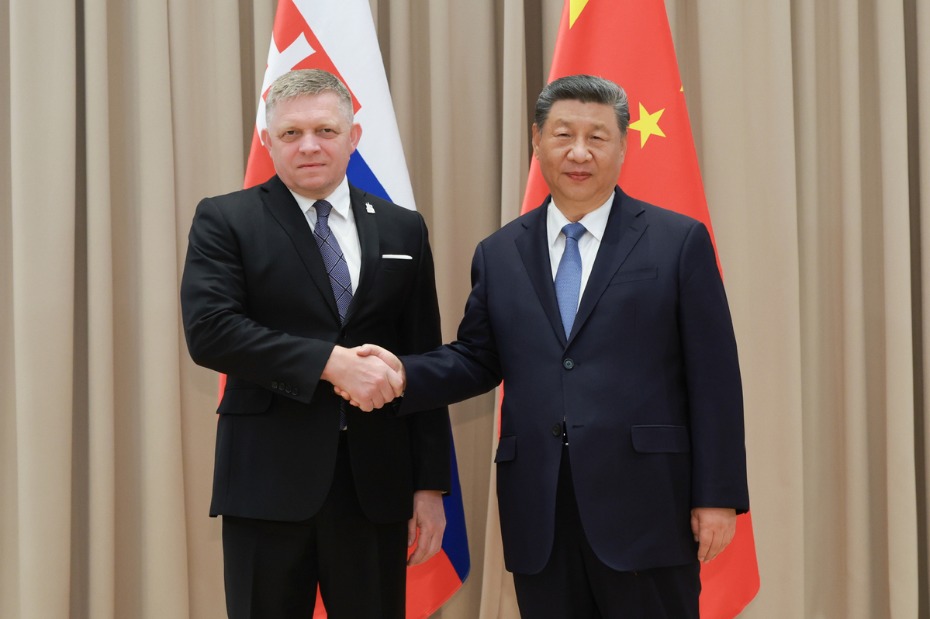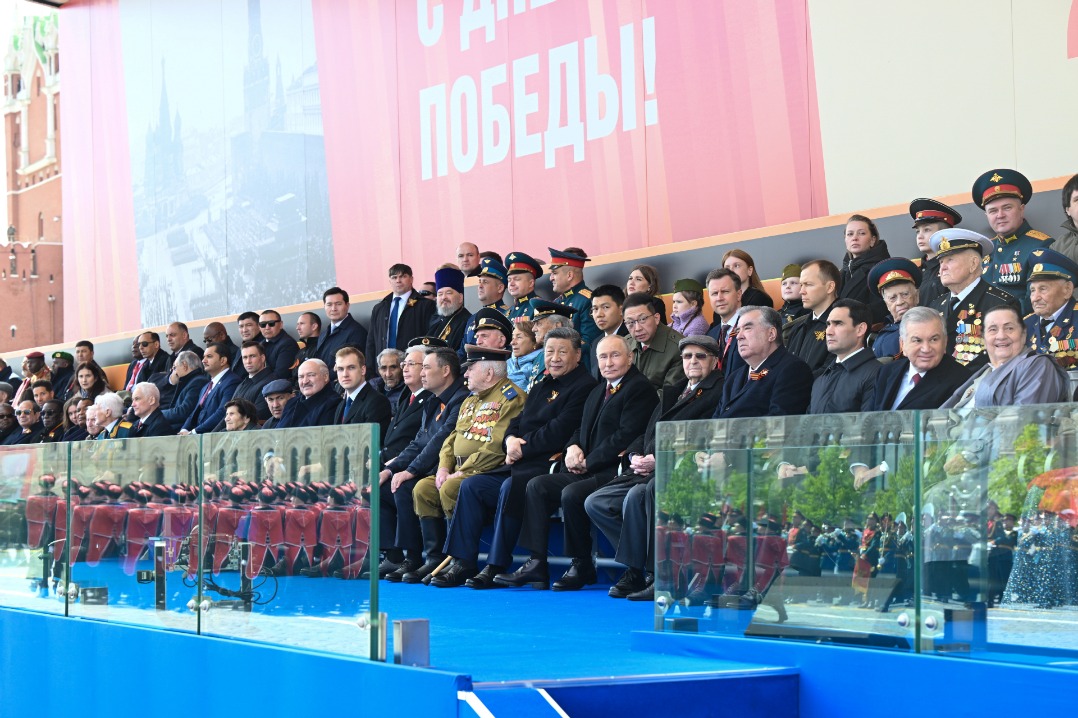Profile: Wang Yongzhi, visionary rocket designer and manned spaceflight planner


BEIJING -- Wang Yongzhi, a visionary rocket expert and pioneer of China's manned space program, was recently awarded the Medal of the Republic, about three months after his passing away.
Wang was one of the 15 individuals honored with national medals and honorary titles on the occasion of the 75th anniversary of the founding of the People's Republic of China.
In 1932, he was born to a poor rural family in Northeast China's Liaoning province. During his time in middle school, he aspired to become an agronomist.
However, after the outbreak of the War to Resist US Aggression and Aid Korea, frequent incursions by American warplanes in eastern Liaoning province transformed this young man's dreams. He decided to devote himself to national defense.
In 1952, he was admitted to Tsinghua University, majoring in aircraft design. In 1955, he was sent to study in the department of aeronautics at the Moscow Aviation Institute.
After returning to China, he started working on rocket design and development.
ROCKET DEVELOPMENT IN 18 MONTHS
In 1986, the US Challenger space shuttle, Titan rocket and Delta rocket all suffered launch failures, leading to a shortage of launch capabilities in the international market.
At that time, Wang, who was head of the China Academy of Launch Vehicle Technology (CALT), found this market opportunity and immediately proposed the development of a Long March strap-on rocket to provide international launch services.
In November 1988, China signed a contract for the launch service of an Australian satellite with Hughes Aircraft of the United States. This was the first commercial launch contract signed between China and a foreign company. The CALT was responsible for the design and development of the launch vehicle.
The challenges Wang faced extended beyond the fact that the rocket was still in the blueprint phase. He also had to contend with the fact that time was extremely limited. The design and development had to be completed within 18 months.
Some foreign peers thought he was crazy. In their view, it would usually take several years or even a decade to complete the design and development of a new rocket.
Wang and his colleagues took the challenge head on. They worked around the clock, finished more than 440,000 design drawings, over 120 technical research and development projects, and hundreds of thousands of parts. They also carried out over 300 large-scale ground tests, and overcame 20 technical challenges.
On June 29, 1990, the Long March-2E, China's first carrier rocket with strap-on boosters, finally stood at the launch site of the Xichang Satellite Launch Center one day ahead of the contract deadline, and made its successful maiden flight on July 16, 1990.
Developing a new carrier rocket model in 18 months, Wang and his colleagues set a world record at that time.
PIONEER OF MANNED SPACE PROGRAM
In 1992, Wang proposed a three-step plan of developing spacecraft, space lab and space station for the country's manned space program. After the plan was approved the same year, he was appointed as the program's chief designer.
At the age of 60, he took on one of the most challenging tasks in space exploration. From the very beginning of the program, he aimed for the world's third-generation manned spacecraft and led the team to adopt the mainstream three-person, three-module design scheme.
During the design and manufacturing of the launch vehicle for manned space program, his team made nearly one thousand technical breakthroughs, making the Long March-2F rocket the most reliable rocket in China.
China's manned space program has developed rapidly, and Wang has been awarded numerous honors. In 2010, an asteroid numbered 46669 was named after him for his contributions to the development of the space industry.
Every time he received an honor, he would say that the honor belongs to all the people who have contributed to China's space endeavors.
After retirement, Wang still cared about the manned space program and continued to provide suggestions for the building of China's space station and manned lunar landing program.
His wife Wang Danyang said that in the last months of his life, he could no longer move his body freely, and almost lost his eyesight, "but he still kept talking about things in space, about lunar landing."
Wang Yongzhi passed away on June 11, 2024. What he left to his family were only hundreds of notebooks and more than a dozen pieces of oral histories about his work.























